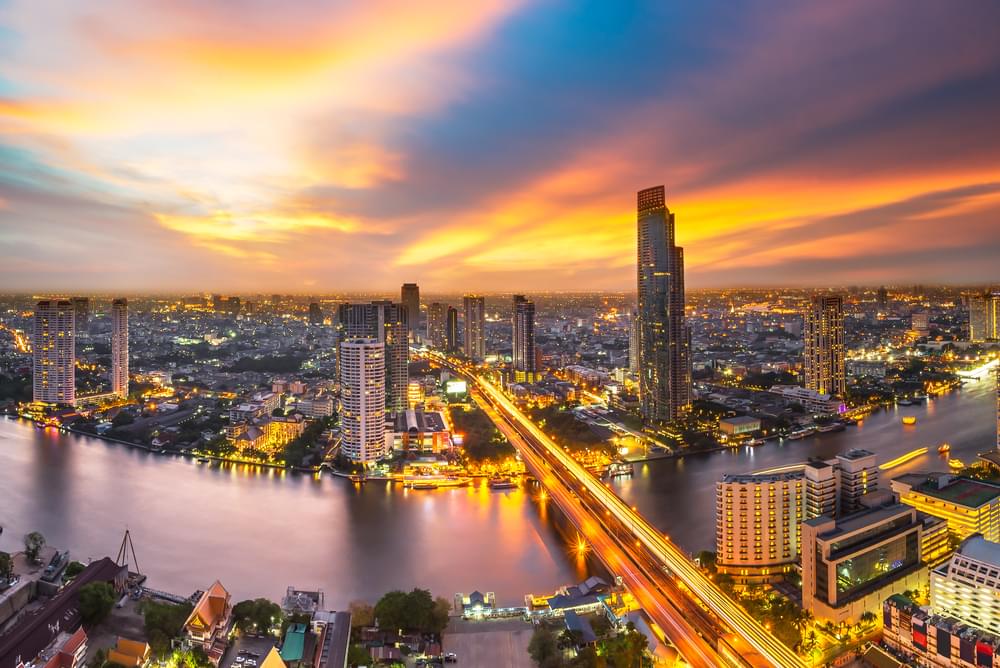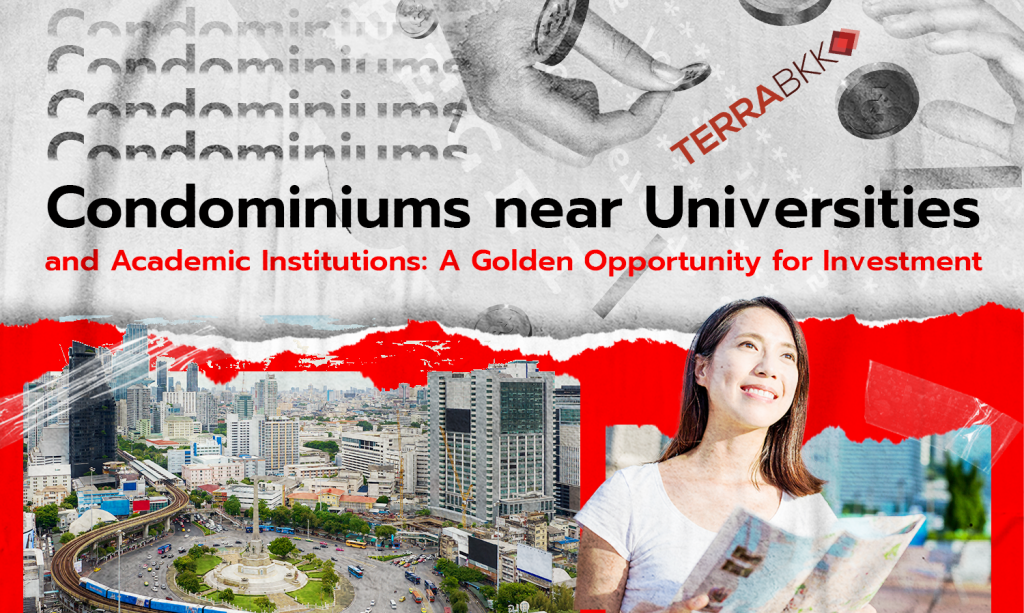NEWS & EVENTS
Development of Economic, Social, and Environmental Structures for Sustainable Growth in Thailand

Many people claim that they cannot see a future for Thailand, describing the country as regressing. There are concerns that Thailand has become a stagnant society. Once experiencing economic growth of over 5% per year, it now hovers around 2%. The Thai population has stabilized and is gradually decreasing.
– Dr. Prateep Tangmatitham, August 2024 –
Population Statistics
According to the Ministry of Interior at the end of 2023, Thailand had a population of 66.05 million, with 65.06 million being Thai nationals and approximately 990,000 being foreigners, accounting for 1.5% of the total population. Research from Chulalongkorn University suggests that the Thai population could drop to 33 million in the next 60 years.
Changing Family Dynamics
Twenty years ago, Thai families typically had 2-3 children. Now, families in both Bangkok and major cities tend to have only one child or none at all, opting instead to raise pets like dogs or cats. The main reasons include economic factors where income does not keep pace with expenses, increased travel time to work, separation from parents leading to a lack of childcare support, and a preference for freedom, travel, and entertainment among the younger generation.
Aging Population and Workforce
Although Thais are living longer, the birth rate has significantly decreased, leading to an aging society with fewer working-age individuals. This results in a higher tax burden to support the growing elderly population.
Technological and Educational Lag
There is a sentiment that Thailand is lagging behind in new technologies and that its education system is outdated, failing to meet the demands of the digital labor market.
Economic Scale and Industrial Challenges
Thailand’s population is the fourth largest in ASEAN, following Indonesia, the Philippines, and Vietnam. Many believe that the country’s smaller size limits its ability to benefit from economies of scale in industries, unlike larger nations like China, which can reduce unit costs significantly by producing in large volumes.
Cultural Perceptions
There are stereotypes that Thais prefer fun and entertainment, lack discipline, and are not as industrious or willing to develop themselves as people in countries like China, Japan, Korea, or Vietnam.
Corruption and Governance Issues
Thailand faces internal issues such as corruption, nepotism, and a lack of adherence to laws, which impede national progress. Ethical governance and prioritizing national interest are seen as lacking.
Addressing Population Shortage
To tackle the population shortage, the easiest method is to import people. For instance, Thailand can bring in workers from neighboring countries like Myanmar, Laos, and Cambodia. Additionally, attracting skilled and industrious individuals, especially those with expertise in new technologies, is crucial. Measures to incentivize and encourage foreign talent to work and reside in Thailand are necessary, as seen in countries like Singapore.
Promoting Digital Nomads and Foreign Talent
Thailand, while not having a large labor market for high-tech workers, can attract digital nomads and entrepreneurs who prefer working online. These individuals can help address the shortage of technology experts and contribute to Thailand’s development, setting a good example for Thai youth to follow.
Investment in Infrastructure
The government needs to lead in developing public infrastructure and services nationwide to improve the quality of life for Thai citizens. Projects like high-speed rail connecting China to Singapore, enhancing road and rail links with neighboring countries, and the Land Bridge project linking the Andaman Sea to the Gulf of Thailand can reinforce Thailand’s strategic position in Indochina.
Encouraging International Expos and Competitions
Promoting Thailand as a venue for international expos, sports competitions, and cultural events can spur development in various dimensions, raise standards, and inspire creativity among Thais.
Architectural Innovations
Using architecture as a beacon for development, such as iconic buildings and landmarks, can significantly boost Thailand’s global appeal. Examples include the Eiffel Tower in Paris and the Burj Khalifa in Dubai.

Soft Power and Creative Industries
Promoting soft power through creativity in arts and sciences, especially among children and youth, can unlock latent potential and drive future growth.

Conclusion
Developing economic, social, and environmental structures is essential for Thailand’s sustainable growth. It is time to broaden our perspective and think long-term, with all Thais participating in the nation’s progress toward a prosperous and sustainable future.




